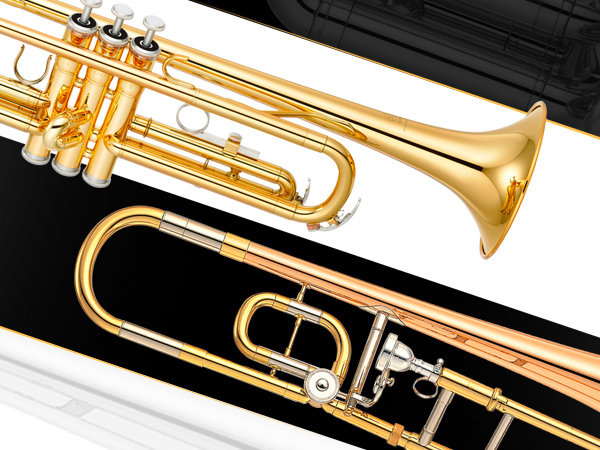The Mouthpiece Gap
Filling in the “gap” about an often misunderstood subject.
As trumpet players advance in their abilities, many make an effort to understand the finer nuances that make their instrument work better. One aspect that makes a trumpet play and respond the way it does is the space that exists from the end of the mouthpiece to the beginning of the leadpipe, known as the “gap.”
The basic function of the gap is to set up response, playing resistance, and to a certain degree it also helps in “centering” or “slotting” the sound (i.e., playing easily on pitch). While some are of the opinion that no gap is the perfect setup, over the years it has been my experience from repairing and customizing brass instruments that a gap is preferred and needed by almost all players.
The majority of trumpets manufactured today all have a gap built into the design of each instrument. One reason manufacturers do this is to ensure that just about any trumpet mouthpiece will fit even if the shank is worn badly. Many manufacturers have adopted an approximately 1/8″ gap. This appears to be an industry-wide standard — one that provides most players a subtle amount of playing resistance for a slotted / centered feel, but with flexibility and a warm sound character. Gaps smaller than 1/8″ have less resistance and less slotting while playing (i.e., it is easier to slur), but with slightly less security and warmth to the sound. Some players who blow with more effort may like this better as they create their own playing resistance because of the way they use their air. I have found that adjusting the gap to zero (where the mouthpiece touches the leadpipe) creates what most trumpet players feel as less “center” or “slot,” with the upper range feeling and sounding less secure. Playing in the lower range, however, feels very free with little resistance, with the response being more spread and harder to control.
There are some trumpets designed with gaps larger than 1/8″, which seems to provide players with more slot or centering while playing in the upper range. This particular design incorporates a lower leadpipe entrance ledge, so the design makes the function of the gap different than standard. It is difficult to compare this design style to standard setups because this large gap — paired with the design — lessens the resistance overall.
Different mouthpiece designs also add their own influences into the effect of the gap as well as the leadpipe opening dimension. It is difficult to generalize that a gap of a certain distance will give a player a certain result, but the effects of the gap described here are from using average mouthpiece and leadpipe designs.
Many factors need to be taken into account before you have the mouthpiece gap adjusted to better suit your playing needs. The procedure itself is a simple one for any experienced repair technician; however, it involves unsoldering the receiver and the rear bell brace and repositioning the receiver to the desired location.
Whenever I make this adjustment for a player I take into account the trumpet design, how the player plays (more specifically, how they use their air), and how well the instrument centers or slots notes across its range. After discussing the good and bad aspects of their trumpet with the player, a decision can be made as to whether altering the gap will make a positive difference and address the problems a particular player is experiencing.
Remember that adjusting the gap is only one small procedure that can be used to fine tune your trumpet to better fit you as an individual player. Each mouthpiece will have its own gap that will work better for a particular player and help improve response and sound quality.
Click here for more information about Yamaha trumpets.














